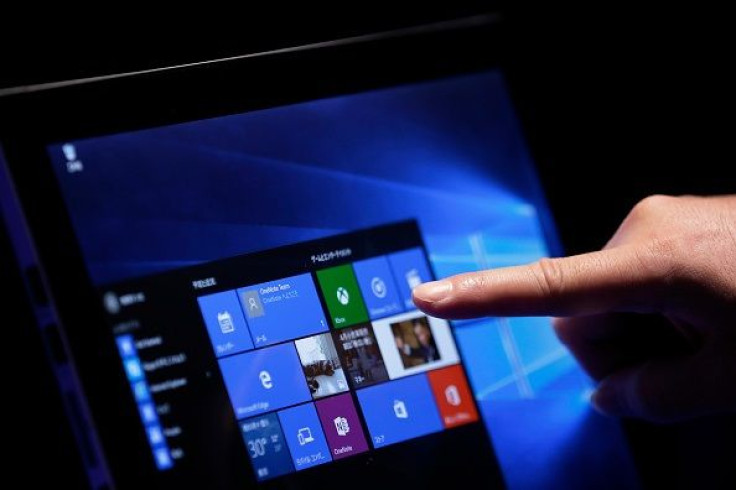Windows 10 BitLocker Encryption Guide: How To Protect Your PC From Prying Eyes

Apple made headlines this week when it fought back against a court order to bypass an iPhone's encryption. What many might not realize, though, is that Microsoft also offers encryption tools, for Windows 10 PCs. These tools can keep personal files safe from prying eyes by requiring a password before revealing contents of files stored on the computer's drive. Here's how to get started.
First, it's worth checking to see if the computer is already encrypted. Hit "Start," and go to the "Settings" app. Under "System," then "About," look for "Device Encryption." This will tell you if the PC's files are already encrypted. If it's not there, or it says it isn't enabled, keep reading this.
There's a multitude of options out there, but this tutorial will show you how to use Microsoft's own version of encryption called BitLocker. It's integrated into Windows, can encrypt removable drives and keeps snoopers at bay by asking for a password before decrypting. It's available only on select versions of Windows. Go to "Start," search for "About your pc," select the top result, then under "PC" look for "Edition." Only Pro and Enterprise editions of Windows 10 include BitLocker.
If it isn't already installed, Microsoft offers a $99 upgrade pack to move from Home to Pro. The upgrade also offers extras like remote desktop access and connecting your PC to a company network, so it may be especially worth investing if these features appeal to you. Search for "Windows Update" in the Start Menu, then go to "Activation," then "Go To Store." The upgrade pack order page should open.
To get started with BitLocker, search "encryption" in the Start Menu, then go to "Change Device Encryption Settings." Under "Manage BitLocker," there should be an option to turn it on.
During the process, Windows 10 will ask to save the recovery key somewhere. If it all goes wrong and you can't remember the password, the recovery key will decrypt the drive. There's the option to save the key to a USB stick, a computer file, or to print the key on paper. It's highly recommended that you do this.
Windows also offers to save the key to your Microsoft account so that if anything goes wrong, Microsoft can help restore the system over the internet. If you find yourself locked out, Microsoft has a special web page for retrieving the saved encryption key.
© Copyright IBTimes 2024. All rights reserved.












